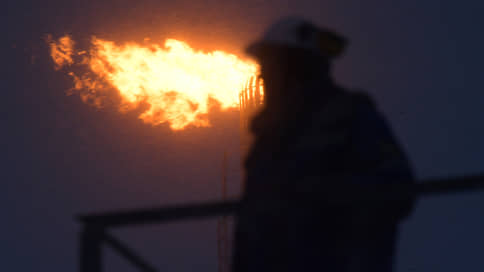Gas production in the Russian Federation increased by 14% in January-February
[ad_1]

Gas production in the Russian Federation has been growing since the beginning of the year: in February, Russian companies produced 64.5 billion cubic meters of gas, which is 13.8% more than a year earlier. Production in January-February increased by 10%, to 131.5 billion cubic meters, mainly due to Gazprom. At the same time, independent producers significantly reduced their average daily gas production, and Rosneft, which last year became the leader in production growth in the Russian Federation, increased production by only 2.8%, stabilizing production at the Kharampurskoye field and Rospan. According to analysts, the reason for the increase in gas production in the Russian Federation may be high demand in the domestic market and the low base effect.
Gas production in February increased by 13.8%, to 64.5 billion cubic meters compared to the same period last year; in January-February 2024, production increased by 10% year-on-year, to 131.5 billion cubic meters, Kommersant sources say , familiar with the statistics of the Ministry of Energy (data are given taking into account gas flared).
Production from other producers, mainly attributable to Gazprom, in February increased by 20% year-on-year, to 44 billion cubic meters. In January-February, other subsoil users produced 13.8% more than a year earlier—88.6 billion cubic meters. Gazprom Neft increased gas production by 7% year-on-year, to 2.4 billion cubic meters; in January-February, production increased by the same 7%, to 5 billion cubic meters.
After the outbreak of hostilities in Ukraine, when most of Gazprom’s Russian pipeline supplies to EU countries were stopped, gas production in the Russian Federation decreased. Gazprom has not disclosed its production dynamics for more than a year.
The largest independent gas producer, NOVATEK, also increased gas production in February by 2.5% year-on-year, to 6.5 billion cubic meters, mainly due to the capacity of the new Arctic LNG-2 plant, which, however, has not yet begun commercial shipments on the world market due to US sanctions. In the first two months, the company’s production increased by 4%, to 13.7 billion cubic meters.
Rosneft increased production by 2.8% in February, to 6.4 billion cubic meters of gas, which is higher than last year. In January-February, the company increased production by 2%, to 13.2 billion cubic meters. Apparently, the company, which throughout last year demonstrated a double-digit monthly increase in production due to the commissioning of new capacities at Rospan and the Kharampurskoye field, has reached a plateau.
LUKOIL increased production by 3% in February, to 1.5 billion cubic meters; over two months, production remained approximately at the same level – 3 billion cubic meters. Surgutneftegaz reduced production in February by 19%, to 0.52 billion cubic meters; in January-February, the company produced 1.084 billion cubic meters, or 11% lower than a year earlier. Both companies may reduce production of associated petroleum gas in Western Siberia due to lower oil production.
Production at the Sakhalin-1 PSA project in February amounted to 0.68 billion cubic meters, decreasing by 9.5% year-on-year, but in January-February production increased by 18.6%, to 1.6 billion cubic meters. At the Sakhalin-2 project, gas production in February amounted to 1.43 billion cubic meters, which is 7% higher than a year earlier; in January-February, production increased by 4.8%, to 2.96 billion cubic meters.
The dynamics of gas production in February turned out to be high, even taking into account the adjustment for an additional day in 2024, notes Sergei Kondratiev from the Institute of Energy and Finance. At the same time, the average daily gas production by NOVATEK and the largest oil companies decreased in February; the entire increase was provided by “other producers,” probably primarily Gazprom, he believes.
Mr. Kondratyev adds that it is difficult to assess the exact dynamics of production at Gazprom’s fields, but it may exceed 14% year on year. The high growth is partly due to the base effect: in February 2023, production fell by 11.6% year-on-year. Also, the increase in production may be associated with high demand in the domestic market – in February 2024, the average temperature in Russia, according to the System Operator (energy system dispatcher), was minus 9.4 ° C, which is 0.7 ° C lower, than a year earlier.
[ad_2]
Source link





